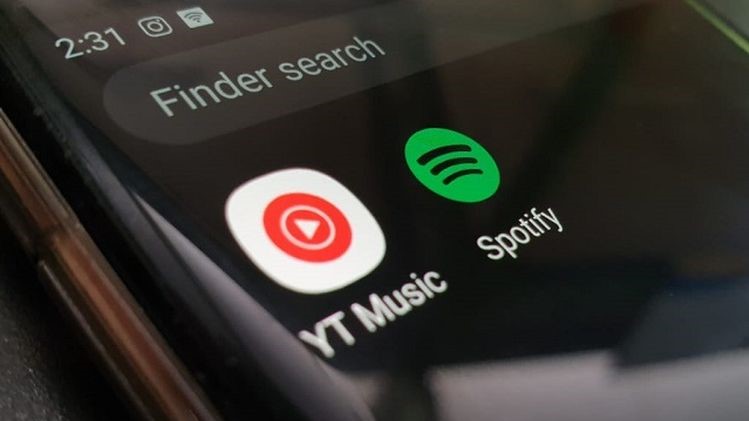YouTube Music is a music streaming service that was launched in 2018 by Google, and it's built on top of the massive video-sharing platform, YouTube. It offers a range of features and options for music lovers, including access to millions of songs, personalized playlists, music videos, and live performances. YouTube Music also has a free version with ads and a premium version that starts at $9.99 per month.
Spotify, on the other hand, is a Swedish music streaming service that was launched in 2008. It offers an extensive music library, personalized recommendations, playlists, and social features that allow users to connect with friends and follow their favorite artists. Spotify also has a free version with ads and a premium version that starts at $9.99 per month.

Both YouTube Music and Spotify have their strengths and weaknesses, and it's essential to know which one is better suited for your needs. In this article, we will compare YouTube Music and Spotify and determine which one is better for streaming music. We will examine the user interface, music library, sound quality, pricing, personalization, features, and user engagement of both services. So, let's dive in and find out which one is the better choice for streaming music.
Personalization and Recommendations
One of the most crucial features of any music streaming service is its ability to personalize recommendations based on a user's listening habits. Both YouTube Music and Spotify offer personalized playlists and recommendations. However, Spotify has an edge over YouTube Music when it comes to personalized recommendations. Spotify uses advanced algorithms and machine learning to analyze a user's listening habits and create customized playlists based on their preferences.YouTube Music also provides personalized recommendations, but it seems less intuitive compared to Spotify. Moreover, YouTube Music's algorithm seems to focus on popular music more than the user's personalized taste. In contrast, Spotify's algorithm focuses on the user's personalized taste, making it easier to discover new music.
Features
Both YouTube Music and Spotify offer similar features such as playlist creation, offline playback, and the ability to share songs with friends. However, Spotify has several additional features that are not available on YouTube Music. Spotify offers a collaborative playlist feature, where users can create a playlist with friends and add or remove songs. Spotify also has a built-in music player for gaming that allows users to play music while gaming.On the other hand, YouTube Music offers a feature where users can switch between audio-only and music video playback. This feature allows users to watch music videos without leaving the app. Moreover, YouTube Music offers an impressive collection of live performances and remixes of songs, which is not available on Spotify.
User Engagement
Both YouTube Music and Spotify allow users to engage with the music community in different ways. YouTube Music's integration with YouTube allows users to watch music videos, live performances, and exclusive content. Additionally, YouTube Music offers an option for users to upload their music and create their own channel, making it easier for indie artists to showcase their talent.Spotify, on the other hand, offers social features that allow users to connect with their friends and share playlists. Users can follow their favorite artists and see what they are listening to. Additionally, Spotify offers a feature called "Behind the Lyrics," where users can view the lyrics of a song and learn more about its meaning.
Conclusion
In conclusion, both YouTube Music and Spotify have their strengths and weaknesses, and it ultimately comes down to personal preference. While Spotify has a larger music library, better sound quality, and personalized recommendations, YouTube Music offers a unique feature to switch between audio and music video playback and an extensive collection of live performances.Additionally, YouTube Music's integration with YouTube allows users to discover new music through music videos, exclusive content, and user-generated channels. Meanwhile, Spotify's social features allow users to connect with their friends, share playlists, and engage with their favorite artists.
Therefore, it's essential to consider what features are essential to you as a music lover before choosing a streaming service. If you prioritize a larger music library, better sound quality, and personalized recommendations, we recommend Spotify. But if you enjoy music videos, live performances, and user-generated content, YouTube Music might be a better fit for you.
